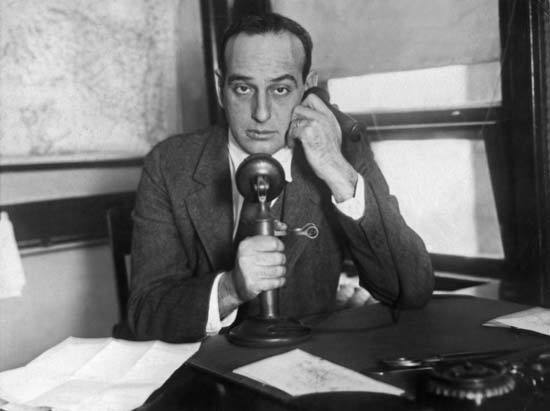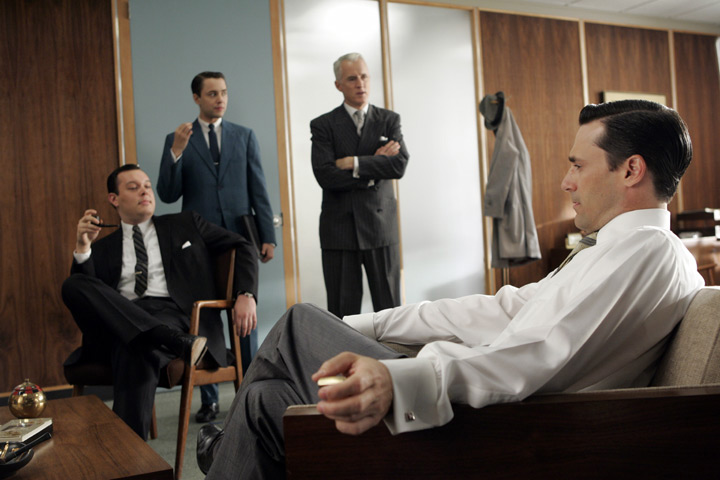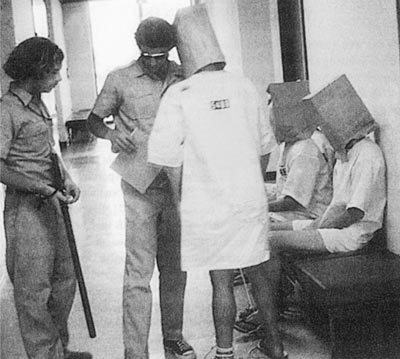Here’s the full 22-minute version of Paul Ryan’s excellent 1969 documentary, “Ski Racing,” which uses bold editing and FM radio rock to help profile that era’s world-class downhill racers. One of the pros included is Vladimir “Spider” Sabich who would die horribly in 1976 in an infamous crime.
From the 1974 Sports Illustrated article, “The Spider Who Finally Came In From The Cold“:
In selling the tour, the sales pitch is not pegged strictly to exciting races and the crack skiers but also to its colorful personalities. There is Sabich, who flies, races motorcycles and figures that a night in which he hasn’t danced on at least one tabletop is a night wasted. Jim Lillstrom, Beattie’s P.R. man, also enjoys checking off some of the other characters.Norway’s Terje Overland is known as the Aquavit Kid for the boisterous postvictory celebrations he has thrown. He’s also been known to pitch over a fully laden restaurant table when the spirits have so moved him. Then there is the poet, Duncan Cullman, of Twin Mountain, N.H., author of The Selected Heavies of Duncan Duck, published at his own expense, who used to travel the tour with a gargantuan, bearded manservant. And Sepp Staffler, a popular Austrian, who plays guitar and sitar and performs nightly at different lounges in Great Gorge, N.J. when he isn’t competing. The ski tour also has its very own George Blanda. That would be blond, wispy Anderl Molterer, the 40-year-old Austrian, long a world class racer and still competitive.
Pro skiing’s immediate success, however, seems to depend on an authentic rivalry building up between Sabich and [Billy] Kidd, who are close friends but whose living styles are as diverse as snow and sand. Sabich is freewheeling on his skis as well as on tabletops. Kidd is thoughtful, earnest, a perfectionist. Spider has his flying, his motorcycles and drives a Porsche 911-E. Billy paints and now drives a Volvo station wagon. Spider enjoys the man-to-man challenge of the pro circuit. Billy harbors some inner doubts regarding his ability to adapt to it.•


















